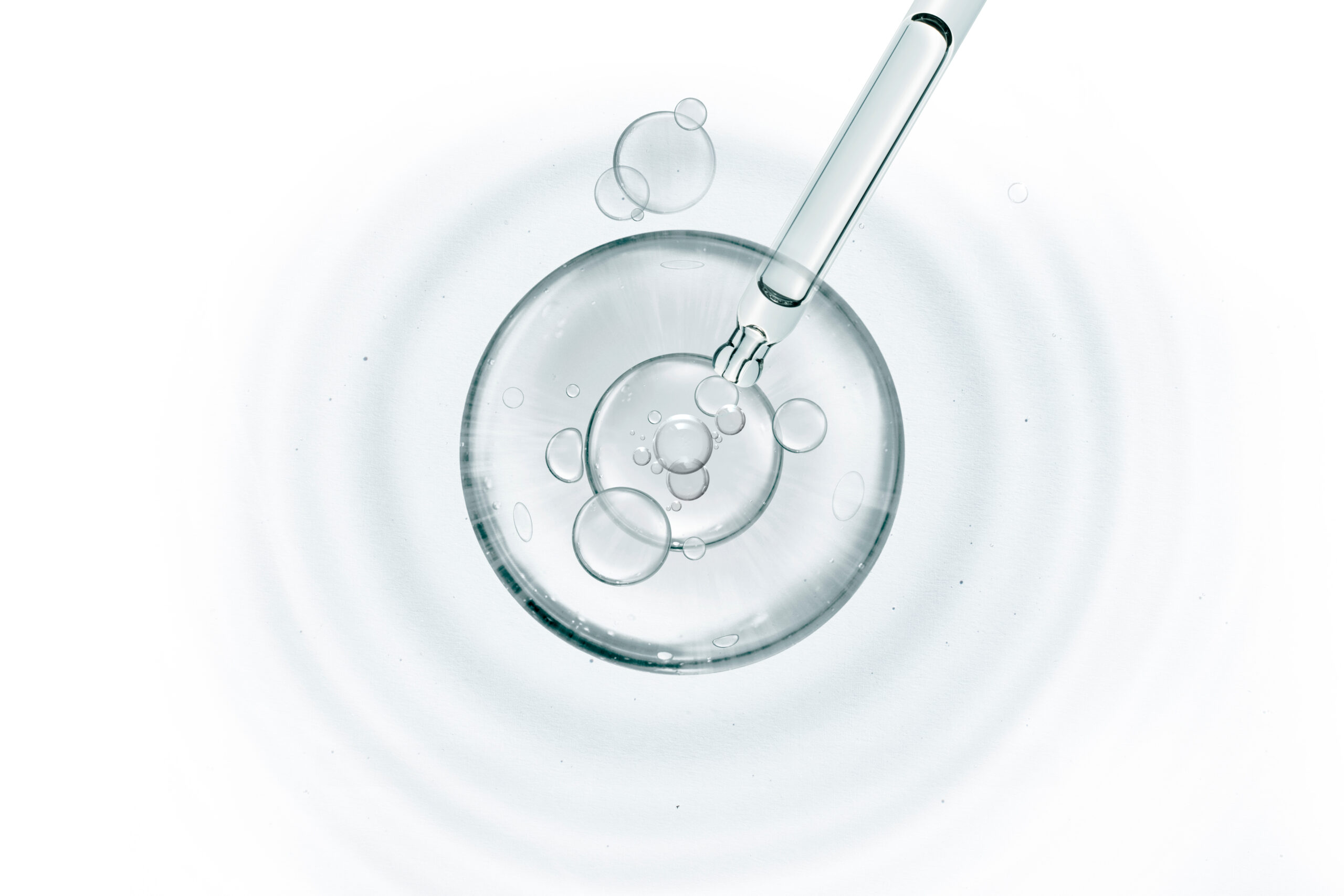23 new ingredients banned by the EU for cosmetic use

Product category
Author
The EU Commission (EC) has added 23 carcinogenic, mutagenic, or toxic substances for reproduction (CMR). These substances will be banned in cosmetics according to Article 15 of the Cosmetics Regulation 1223/2009. So what does this mean for your cosmetic brand what solutions are there to help your brand prepare for situations like this?
This addition of newly banned ingredients flung many brands into a frenzy where they were forced to pull many products from their offering and even reformulate the product without the use of any of the newly banned ingredients.
Related Article: Regulations for Cosmetics E-Commerce that you must follow
Hair giant, Olaplex fell victim to this when butylphenyl methylpropional (most commonly known as lilial) was on the list of newly banned ingredients and is also found in the Olaplex best-selling No. 3 Hair Perfector. “In May 2019, the committee published an opinion paper concluding that “considering the aggregate exposure, arising from the use of different product types [with the ingredient] together, [it] cannot be considered as safe.” A year later, the European Commission classified lilial as “reprotoxic,” which means that the ingredient has potential risks to fertility and fetuses.” writes Allure
Here is the list of the other ingredients banned:
- Zinc Pyrrithione is now authorized as a preservative up to 1% in rinse-off hair products and 0.5% in other rinse-off products excluding oral products and as an anti-dandruff ingredient leaves on hair products up to 0.1%. The substance will be removed from Annex III and V and be added to Annex II.
- Sodium Hydroxymethylglycinate, which is currently authorized as a preservative up to 0.5%. It will be removed from Annex V and added to Annex II.
- Butylphenyl methylpropional (Lilial) is a common fragrance allergen, which will be added to Annex II
See the full law and list here.
Pro Tip
The ingredient analyzer developed by Skin Match Technology automates the updates in one centralized database directly on the retailer’s or brand’s website. Additionally, we manage product data for brands and allow them to export up-to-date data at any time via CSV. We can then quickly scan inventory for banned ingredients.
The biggest inconvenience to your brand, when this happens, is needing to analyze Excel lists with thousands of ingredients! Even worse as a Retailer, you have to get in contact with all of your brands to get the necessary information. This is where Skin Match Technology comes in.
Want to stay in the know?
Follow us on LinkedIn where we post the latest updates on clients, news and solutions.

FAQs
Frequently Asked Questions
Talk to one of beauty e-commerce experts if you are looking for help in your ingredient management or would like to improve the ingredient transparency on your website. Book a call here >>
How do we get started?
Simply send us an Excel file with all your products and we make sure you have a complete ingredient list for your entire inventory. We provide you with a code snippet to place on your product detail page to display the INCI Explainer. The INCI-Explainer displays a full ingredient list for each product and a mouse-over for customers to read more about each ingredient
How many ingredients did you decode?
We have decoded over 60,000 ingredients, which covers the vast majority of those used in skincare and beauty products.
For what kind of businesses is this recommended?
Our ingredient analyzer is adaptable for brands and retailers and is already seen on retailer websites like Import Parfumerie and Face The Future as well as brands like Roen.


